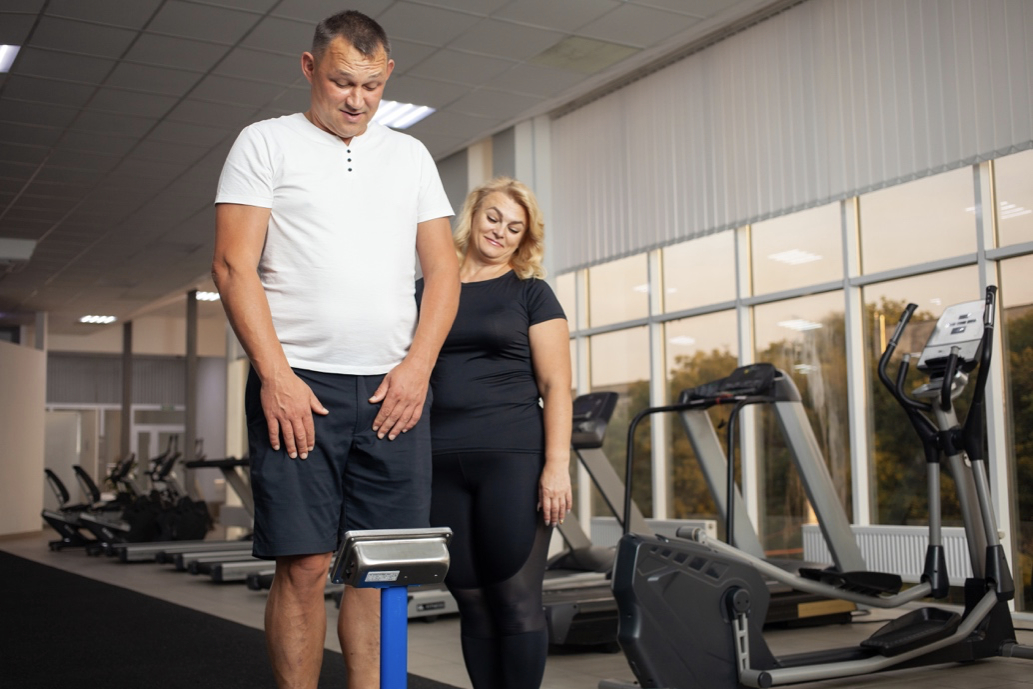If you’re looking into the Lap-Band® Surgery, it’s important to know what to expect. That means understanding how your lifestyle will need to drastically change, what happens during the surgery, how long the recovery time is, and what the rest of your life will look like. Your life will look differently one month after Lap-Band, six months after Lap-Band, and 12 months after Lap-Band. Aftercare is necessary when you have the Lap-Band Surgery. You cannot simply have the procedure and forget about it and go back to poor eating habits. Not only will you have to drastically change the way you eat, but you will have to have the Lap-Band Gastric Band adjusted as you lose weight.
It takes one month or more for your stomach structure to heal from surgery, so your stomach should be healed by the six-month mark. Your first adjustment typically takes place about four to six weeks after your initial surgery, though adjustments vary for each person. Around the 6-month mark, you may be ready for a second, or even third, adjustment. You don’t want to rush an adjustment; your specialist will help you decide if an adjustment is right for you. Typically, if you have no weight loss for more than three weeks, you have an increased appetite, or you feel hungry again less than four hours after a meal, it’s time to adjust the Lap-Band so that you can continue losing weight. You will want to continue to pay close attention to these signals that an adjustment is needed. Otherwise, you may notice yourself plateauing.
The six months after your procedure are crucial. It may be a difficult transition as you adjust to eating differently, both because you will be eating healthier foods and consuming less. At six months, you may have lost a significant amount of weight, but that doesn’t mean you should stray from your healthy diet. To continue losing weight and to maintain weight loss, you will want to continue to follow your healthy lifestyle.
Many factors contribute to the success of a Lap-Band Patient, but those that are committed to a lifelong change and take their aftercare seriously are more likely to experience success compared to those who don’t.
Source:
- LAP-BAND Surgical Aid in the Treatment of Obesity: A Decision Guide for Adults


